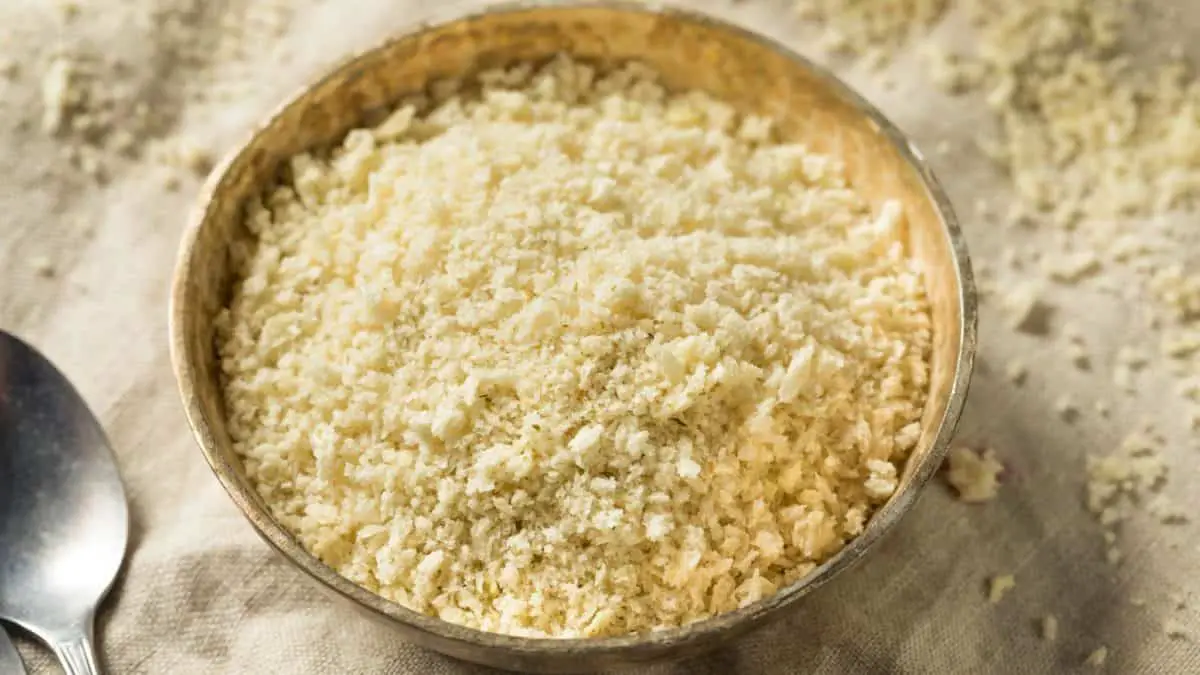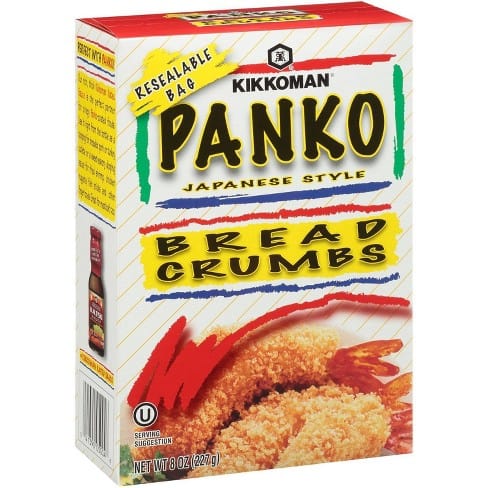Panko: The Japanese Super-Crispy Breadcrumbs
Panko is a type of breadcrumb made from coarse, unleavened bread. It originates from Japan, where it is used as a coating for deep-fried foods such as tempura. Panko has a light, airy texture that helps to create a crispy crust when used as a breading. It is also increasingly being used as a topping or filling in a variety of dishes.


Check out our new cookbook
Bitemybun's family recipes with complete meal planner and recipe guide.
Try it out for free with Kindle Unlimited:
Read for freeIn this post we'll cover:
What does “panko” mean?
Panko is a simple merger of two words, “pan” which means bread, and “ko” meaning child, or in this case little things, referring to the small slivers of crunchy bread.
It’s a type of coating for deep-fried dishes or a “flour” for encrusting these dishes.
What does panko taste like?
Panko has a light, airy texture and a slightly nutty flavor and very crunchy.
Best panko to buy
You can’t always find good panko but fortunately, you can order my favorite Kikkoman panko online and have it at home in a jiffy.

What’s the origin of panko?
Panko was invented during World War II by the Japanese and the word comes from two older words; “pan”, meaning bread, and “ko” meaning small pieces. As a way to “bake” bread on the road, Japanese soldiers, at war with the Russians at the time, used the batteries of their tanks to use the electrical current to bake it.
Breadcrumbs are just not the same due to the special method of making the panko, still using electrical currents on a metal plate.
How to use panko
Panko can be used as a breading for deep-fried foods such as tempura, or as a topping or filling in a variety of dishes. It is also increasingly being used as a healthier alternative to traditional breadcrumbs.
When using panko as a breading, it is important to remember that it will not adhere to the food as well as traditional breadcrumbs.
This is because panko is not as fine and does not have the same binding properties. To ensure that the panko stays on the food, it is best to moisten it with a little bit of water or milk before applying it.
Panko can also be used in place of traditional breadcrumbs in a number of recipes. For example, it can be used to make meatballs or burgers.
Panko can also be used as a topping for casseroles or gratins. When using panko as a topping, it is best to sprinkle it over the top of the dish and then bake it until it is golden brown.
What’s the difference between panko and regular bread crumbs?
Panko is made from coarse, unleavened bread and has a light, airy texture. This helps to create a crispy crust when used as a breading. Regular bread crumbs are made from finely ground, leavened bread and have a denser texture. This can make them more likely to absorb moisture and produce a soggy crust.
What’s the difference between panko and tempura?
Panko is a type of breadcrumb made from coarse, unleavened bread. It originates from Japan, where it is used as a coating for deep-fried foods such as tempura. Tempura is a Japanese dish of battered and deep-fried seafood or vegetables. The batter is usually made from eggs, water, and panko.
Is panko healthy?
Panko is a healthier alternative to traditional breadcrumbs because it is made from coarse, unleavened bread. This means that it is lower in calories and fat than traditional breadcrumbs. Panko is also a good source of fiber.
Conclusion
Panko is like breadcrumbs, but out of necessity came a new way of making it lighter and airy, and it has been popular ever since.
Check out our new cookbook
Bitemybun's family recipes with complete meal planner and recipe guide.
Try it out for free with Kindle Unlimited:
Read for freeJoost Nusselder, the founder of Bite My Bun is a content marketer, dad and loves trying out new food with Japanese food at the heart of his passion, and together with his team he's been creating in-depth blog articles since 2016 to help loyal readers with recipes and cooking tips.
